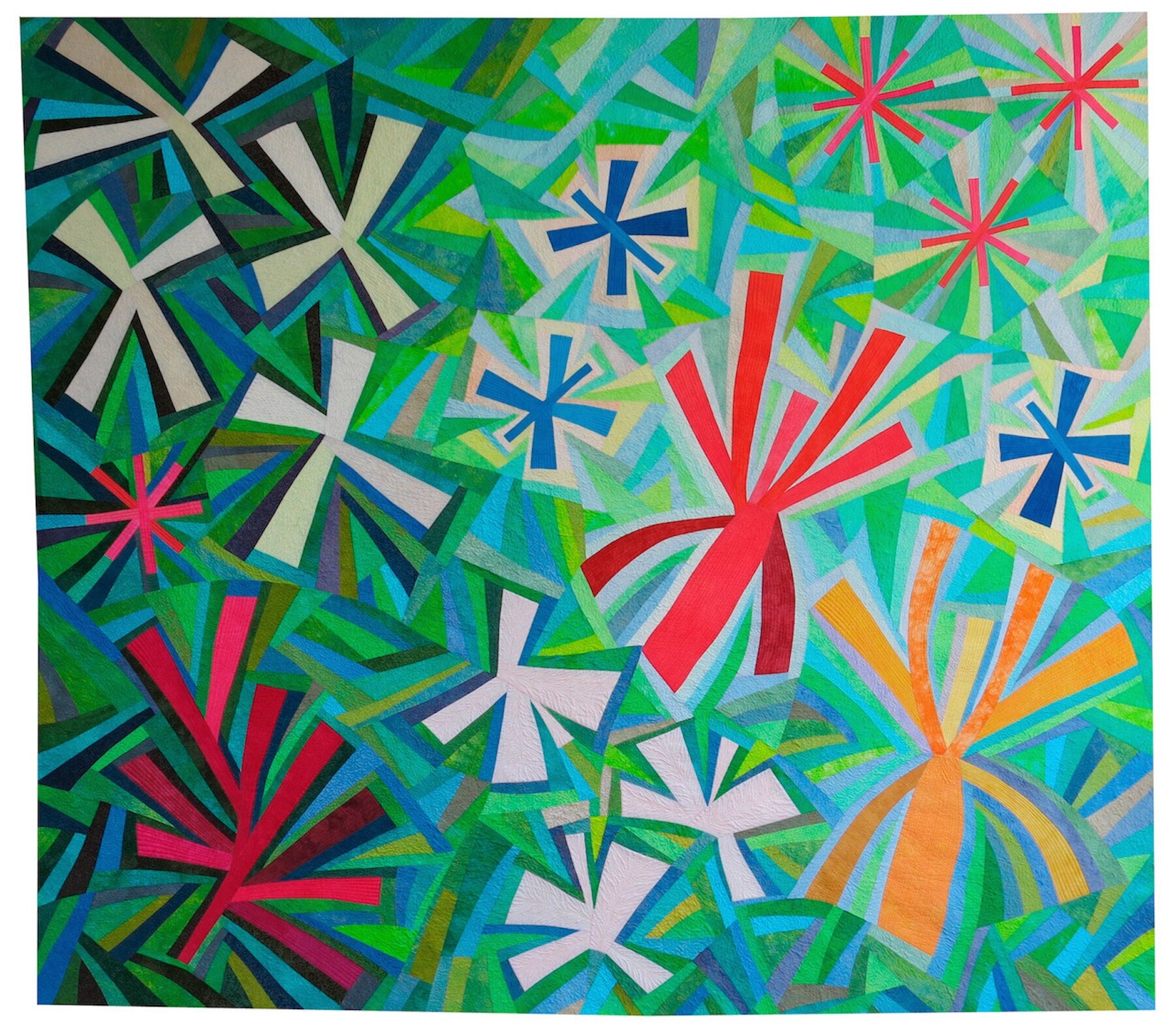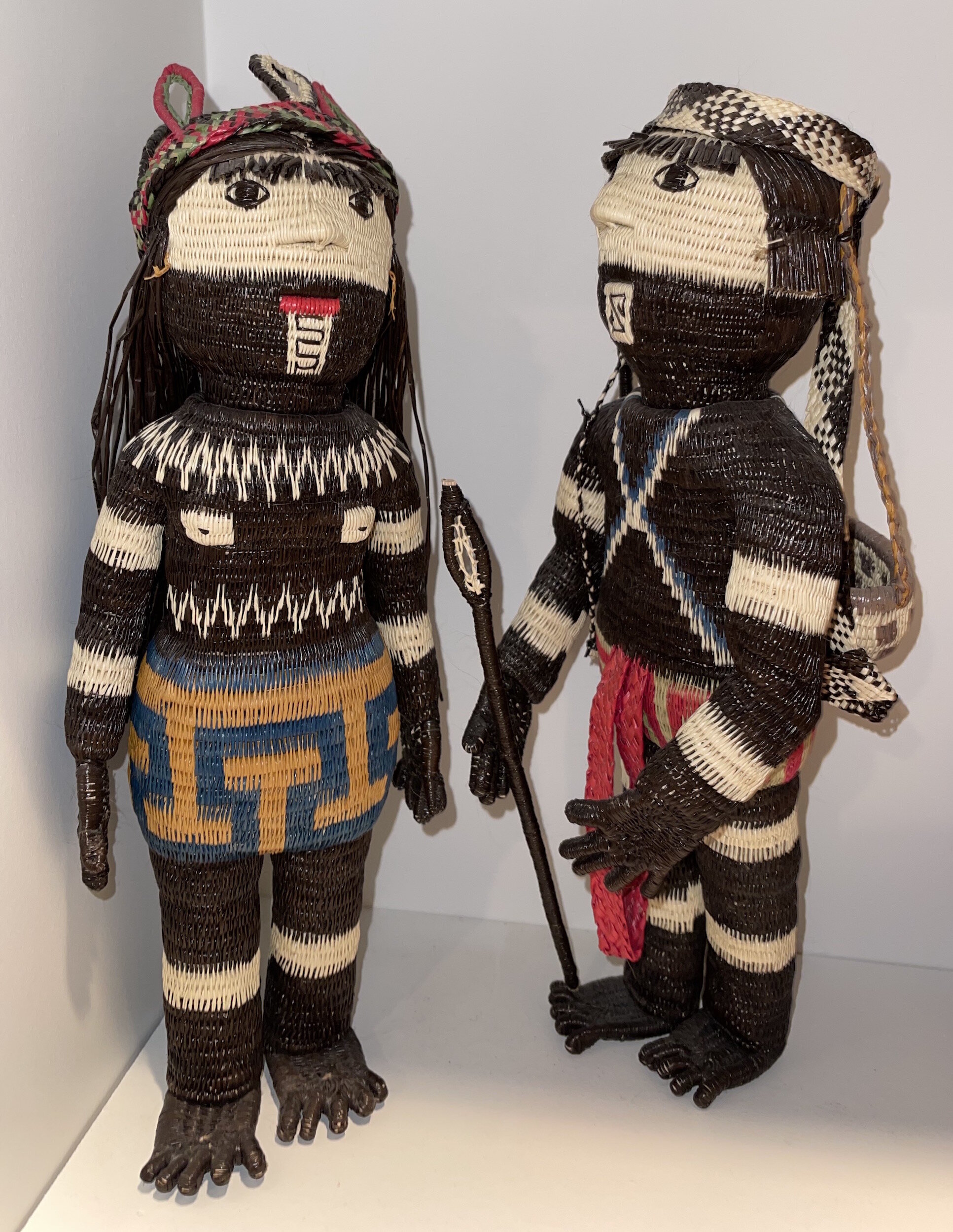I am thrilled to announce that the International Quilt Museum (IQM), University of Nebraska-Lincoln is adding my work, “Butterfly Garden,” to their permanent collection! My artwork will be part of the Quilt National Collection established in May of 2018 through a collaboration between The Dairy Barn Arts Center, home of Quilt National, the Ardis & Robert James Foundation, and the IQM.
The IQM began as The International Quilt Study Center in 1977 and today has the world’s largest publicly held quilt collection. The collection has works dating from the 1700s to today, and representing more than 60 countries. Its mission is to build a global collection and audience that celebrates the cultural and artistic significance of quilts. It’s a great museum to visit!
“Butterfly Garden” 2016, 92”w x 82” h
hand dyed cottons, wool batting, machine quilted
Quilt National 2017, juried Heartland Award, Persistence Pays Award
“Butterfly Garden” is the 13th work in my garden series. It is also my first piece juried into Quilt National. Because many people ask me similar questions about my work, I began keeping more detailed records about each piece. “Butterfly Garden” is composed of over 500 pieces cut from almost 200 different hand dyed fabrics. Yes, I dye my own fabrics. I spent 427 hours creating this piece over a ten week time period. This includes designing, piecing, basting, quilting and finishing.
A garden is a cultivated space. My garden series explores the themes of growth and beauty in a variety of contexts. There is a reason urban planners create green spaces. Life is busy, demanding and sometimes hard. We all encounter disappointments and difficulties at some point, both in our private lives and the world at large. I personally need a space where I can slow down, breath deep and celebrate all that is beautiful and good. I do this out in nature and in my studio. Ultimately this series is about cultivating joy by reflecting on beauty. Specifically “Butterfly Garden” explores growth in the midst of light and shadow.
Butterfly Garden, 2016 detail
What are you choosing to cultivate in your life? Where are you finding beauty in unexpected places? What refreshes your soul?






























